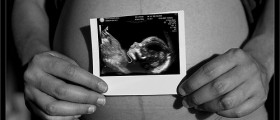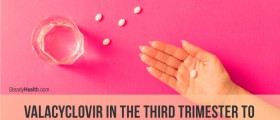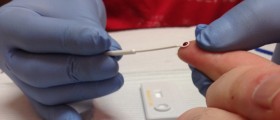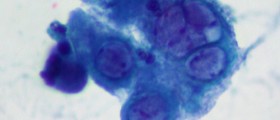
Causes of Genital Ulcer
Genital ulcer usually occurs because of some sexually transmitted disease such as genital herpes, syphilis or chancroid. Occurrence of particular sexually transmitted disease varies depending on geographic region. On the other hand, genital herpes is the most widespread among these conditions. These diseases lead to higher risk of HIV infection. Sometimes, genital ulcer might be caused by other reasons such as lupus, Bahcet’s syndrome and certain forms of rheumatoid arthritis.
Diagnosis
Genital ulcer diagnosis shouldn’t be based only on physical exam and medical history, but analysis of syphilis and genital herpes must also be involved. In case of chancroid presence, doctors must require test for Haemophilus ducreyi.
Genital ulcer can be diagnosed after performing:
Serologic test for syphilis along with immunofluores-cence test for T. pallidum or darkfield examination. Antigene or culture test for HSV Culture for Haemophilus ducrey Biopsy of genital ulcer can be necessary when primary treatment doesn’t give results or if the cause is uncommon. HIV test is commonly implemented when genital ulcer is the result of T.pallidum, H. ducreyi or HSV.Treatment of genital ulcer often must start before obtaining tests results. Early treatment means higher chances of recovery.
Chancroid
Chancroid is sexually transmitted disease with not so high occurrence in US. Chancroid is a disease-causing agent for HIV as genital herpes is for syphilis. In the United States most HIV patients have chancroid. Since ten percent of chancroid patients in US had been infected with T. pallidum or HSV, diagnosis must include test for H. ducreyi. Chancroid diagnosis is definite if painful genital ulcer in combination with suppurative inguinal adenopathy is present. Chancroid can be diagnosed if a patient has painful genital ulcer, T.pallidum infection is excluded and HSV test is negative.
Treatment for Chancroid
Treatment for chancroid includes Azithromycin, Ceftriaxone, Ciprofloxacin, or Erytromycin. Azithromycin is taken orally, 1 g in one dose. Ceftriaxone is given intramuscularly, 250 mg in one dose. Ciprofloxacine is given orally, 500 mg, for 3 days, twice a day. Erytromycine is given orally, 500 mg, 3 times a day for a week. Three to seven days after the beginning of chancroid treatment examination must be repeated. If no signs of improvement present diagnosis could be incorrect or another sexually transmitted disease or HIV infection are existing in patient. Treatment for chancroid usually lasts for about two weeks though circumcised and HIV negative male patients respond better to therapy. Treatment lasts longer if ulcer exists under foreskin.

















Your thoughts on this
Loading...